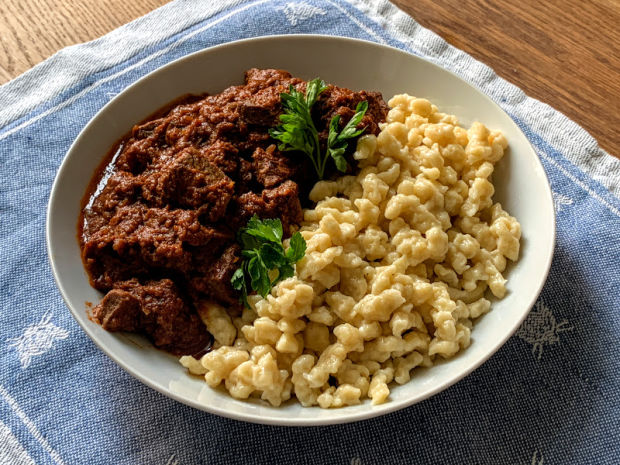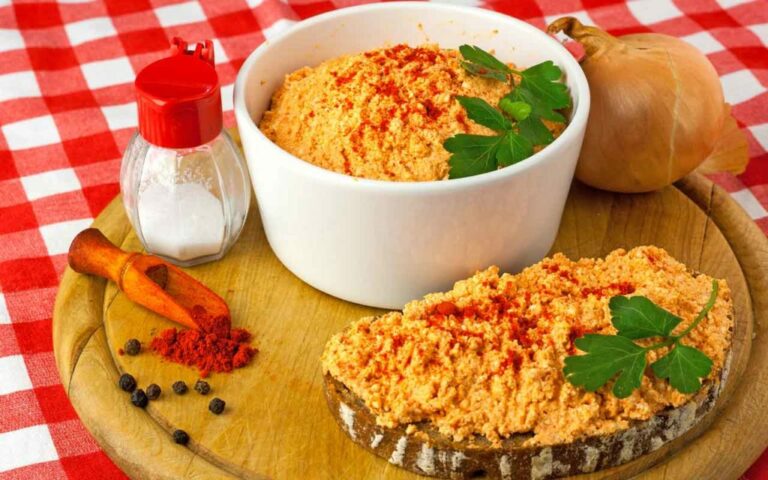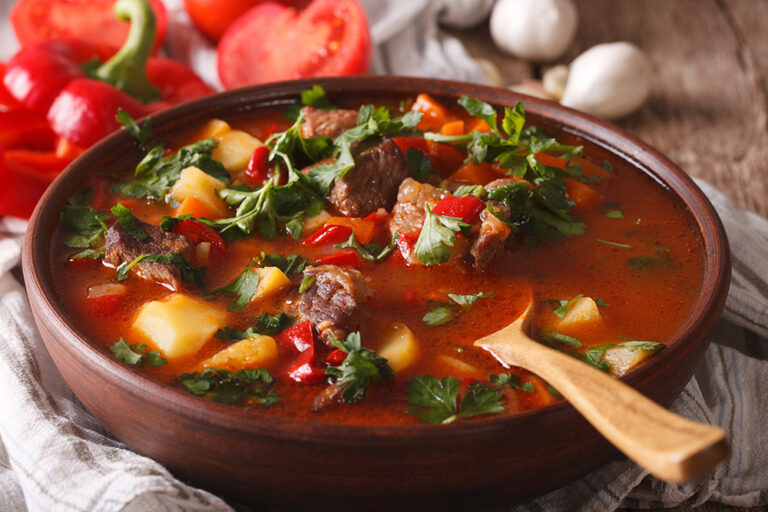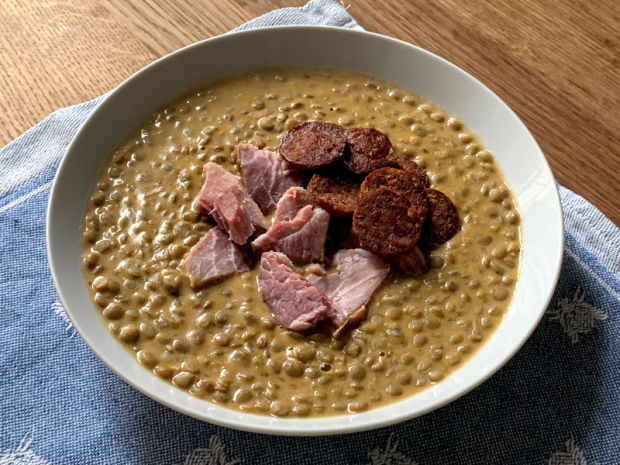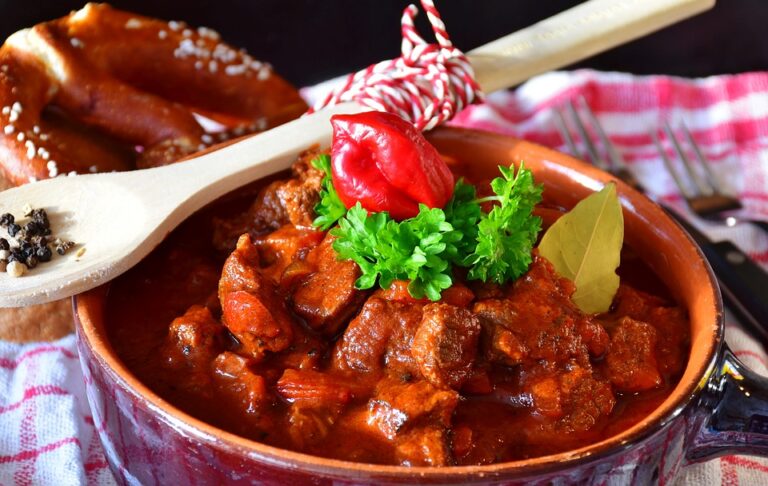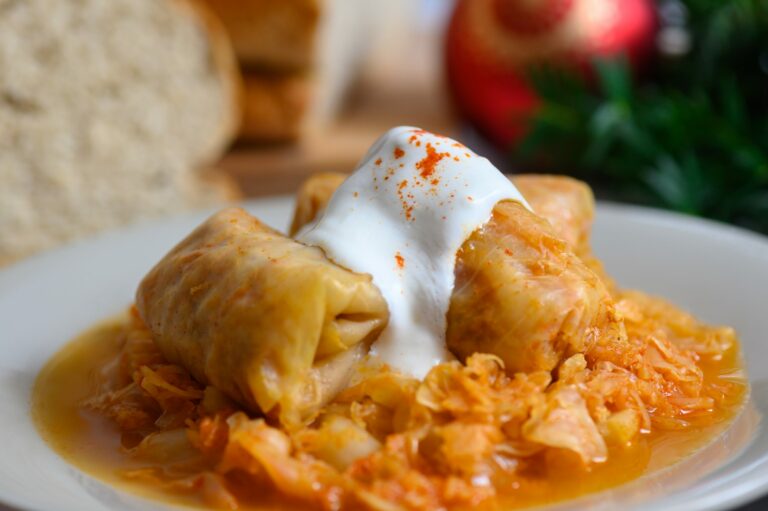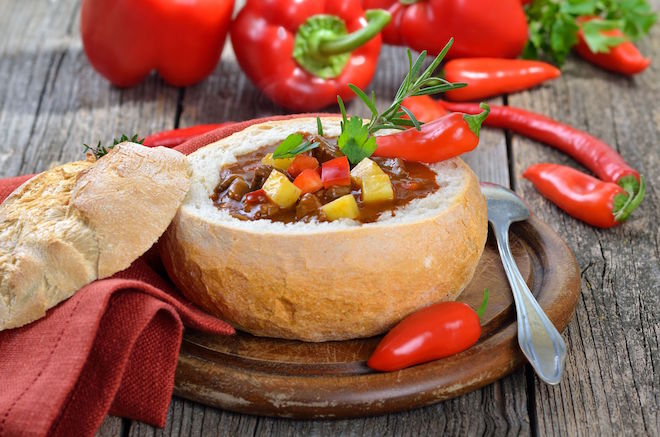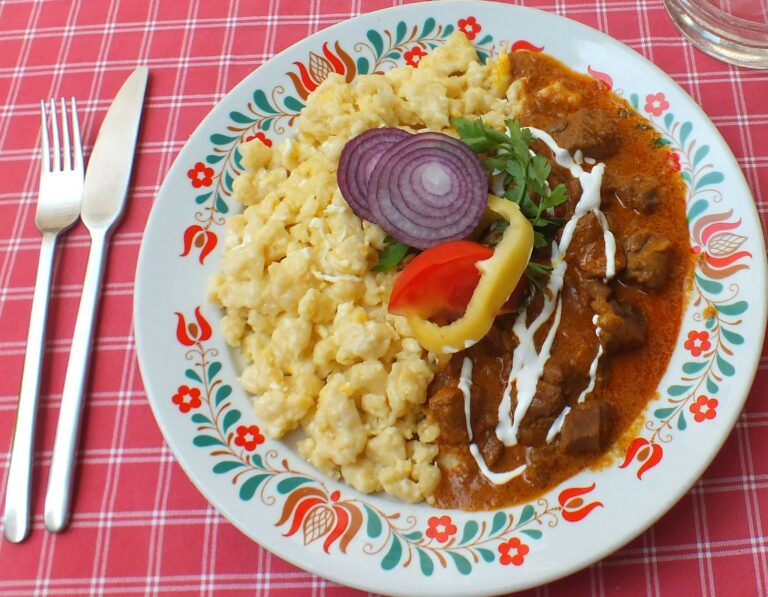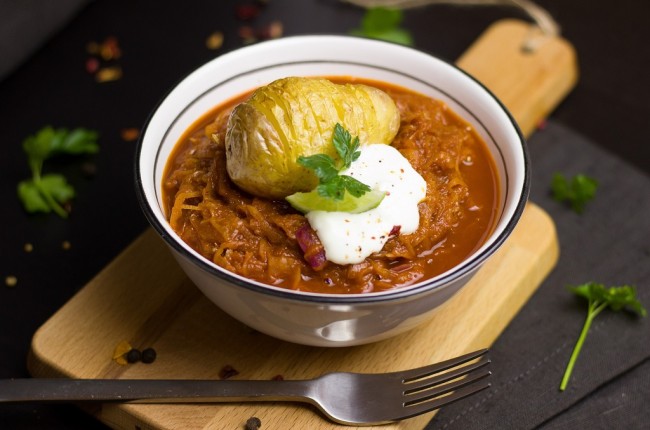Introduction: The fusion of Austrian & Hungarian cuisine
The cuisine of Hungary is a delicious amalgamation of various cultural influences as Hungary has been invaded and ruled by many different empires throughout its history. One such influence is from Austria, which ruled Hungary for over 400 years. During this period, Austrian cuisine began to blend with traditional Hungarian cuisine, creating a unique fusion of flavors and techniques that still exist today.
The historical influences on Hungarian cuisine
Hungarian cuisine is heavily influenced by its history, dating back to the Magyar tribes who first settled in the region and brought with them their own unique culinary traditions. Over time, Hungary was invaded and ruled by the Ottomans, Habsburgs, and other empires, each adding their own influence to the cuisine. The Austro-Hungarian Empire, in particular, saw a significant blending of Austrian and Hungarian culinary traditions.
Austrian ingredients & dishes in Hungarian cuisine
Austrian ingredients have become an integral part of Hungarian cuisine, particularly in baking. Austrian pastries such as strudels and tortes are popular in Hungary, alongside traditional Hungarian pastries such as Dobos cake and chimney cake. Austrian sausages, such as Wiener and Frankfurter, are also commonly found in Hungarian cuisine.
Hungarian dishes with Austrian techniques
Austrian cooking techniques have also found their way into Hungarian cuisine. One example is the use of breadcrumbs for coating meat, which is a common technique in Austrian cuisine. This can be seen in Hungarian dishes such as chicken paprikash, where the chicken is coated in breadcrumbs before being cooked in a rich paprika sauce.
The cultural impact of Austrian cuisine in Hungary
Aside from its culinary influence, Austria has also had a significant impact on Hungarian culture as a whole. The Austro-Hungarian Empire brought about a period of economic and cultural growth for Hungary, with many Austrians settling in Hungary and bringing with them their own traditions, including cuisine.
Conclusion: The enduring influence of Austria on Hungary’s food
The influence of Austria on Hungarian cuisine is undeniable, with Austrian ingredients, dishes, and techniques found throughout the country’s culinary traditions. Despite Hungary regaining its independence from Austria in 1918, the influence of Austrian cuisine has endured, and the fusion of Austrian and Hungarian cuisine remains a delicious and distinctive part of Hungarian culture.

